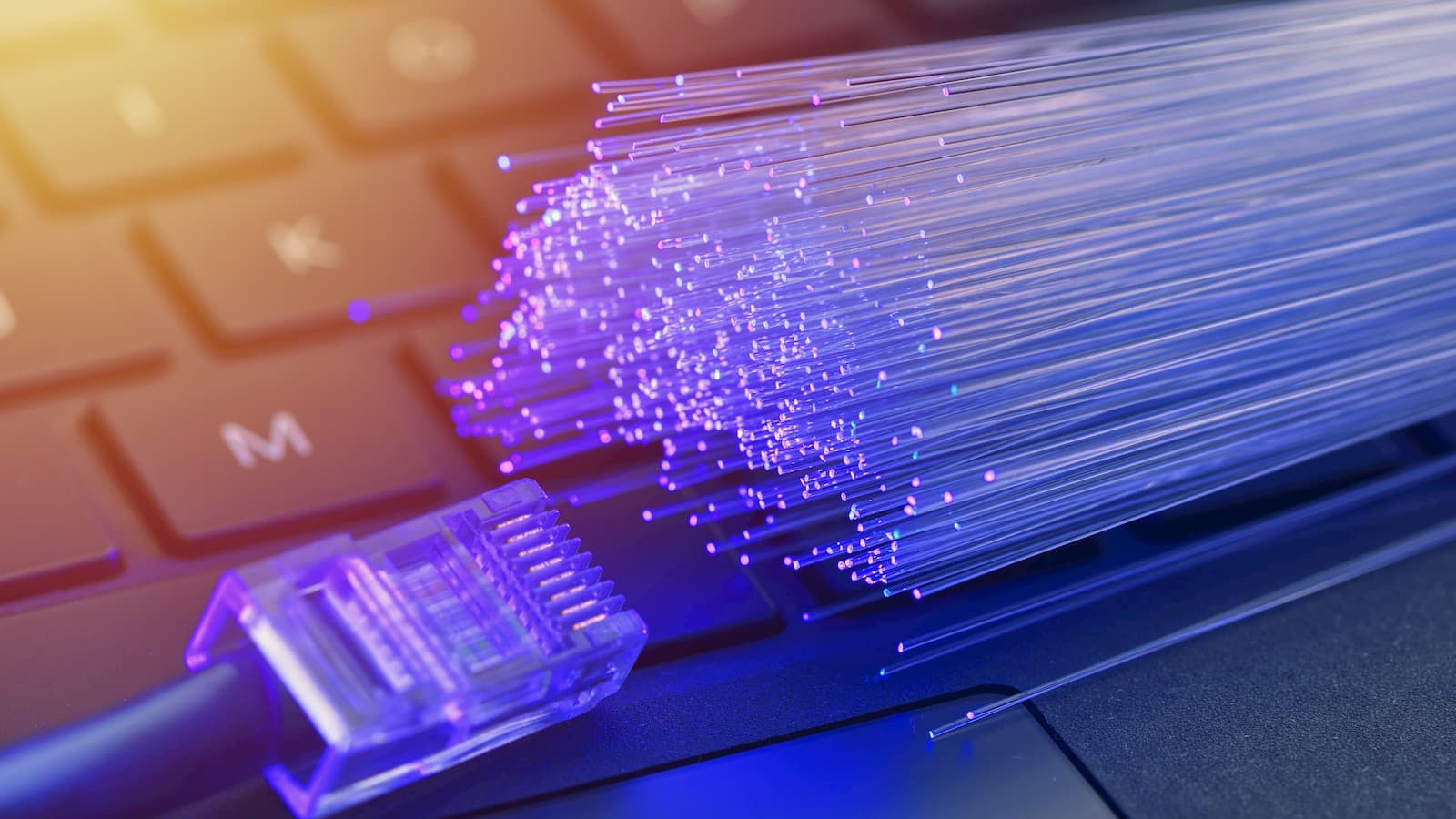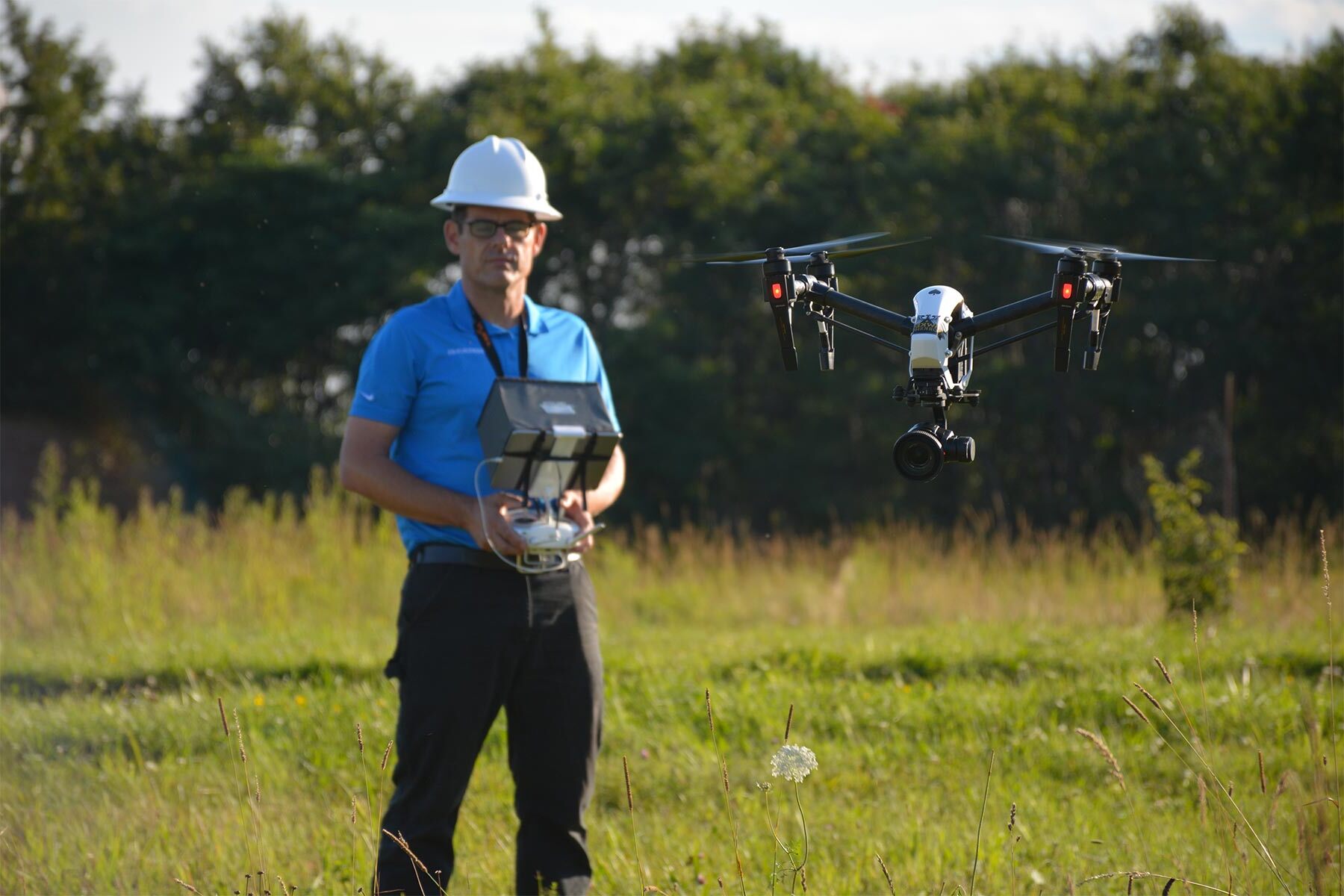
Fiber optics, the technology that revolutionized modern communication and data transmission, has become an integral part of our daily lives. From powering the internet to enabling high-speed data transfer, fiber optics has transformed the way we connect and interact with the world. In this article, we'll delve into 18 fascinating facts about fiber optics, shedding light on its history, applications, and impact on various industries. Whether you're a tech enthusiast, a student, or simply curious about the marvels of modern technology, this exploration of fiber optics will unveil intriguing insights that highlight its significance in today's interconnected world. So, let's embark on a journey through the intricate web of fiber optics and uncover the wonders that lie beneath its sleek, glassy surface.
Key Takeaways:
- Fiber optics revolutionized communication by transmitting data at incredible speeds, crucial for internet connectivity, medical imaging, entertainment, and more, shaping the modern world’s communication and technological progress.
- Fiber optics offers enhanced security, resilience to external factors, global reach, and scalability, empowering global financial transactions and driving innovation across diverse fields.
Fiber optics revolutionized communication.
Fiber optics, a technology that transmits data using light, has revolutionized communication and data transmission. It enables the swift and efficient transfer of information over long distances, making it an integral part of modern telecommunications systems.
Fiber optics transmits data at incredible speeds.
The incredible speed of data transmission through fiber optics is a standout feature. Unlike traditional copper wire systems, fiber optics can carry large amounts of data with minimal signal degradation, resulting in rapid and reliable communication.
Fiber optics is crucial for internet connectivity.
The widespread use of fiber optics has been instrumental in enhancing internet connectivity. It forms the backbone of high-speed internet services, allowing for seamless browsing, streaming, and online communication.
Fiber optics is used in medical imaging.
The application of fiber optics extends to the field of medicine, where it is utilized in endoscopes and other imaging devices. This technology enables physicians to perform minimally invasive procedures and obtain clear internal images for accurate diagnoses.
Fiber optics plays a vital role in the entertainment industry.
In the entertainment industry, fiber optics facilitates high-speed data transfer for broadcasting, digital cinema, and live event production. This technology ensures the seamless delivery of audio and video content to audiences worldwide.
Fiber optics is employed in industrial and military applications.
Industrially, fiber optics is used for sensing and monitoring in harsh environments, while the military leverages its secure and reliable communication capabilities for various operations.
Fiber optics offers enhanced security for data transmission.
The secure nature of fiber optics makes it an ideal choice for transmitting sensitive data. Its resistance to electromagnetic interference and eavesdropping ensures the confidentiality of transmitted information.
Fiber optics is environmentally friendly.
Compared to traditional copper wiring, fiber optics requires less energy to operate and does not pose the same environmental hazards. This makes it a more sustainable option for long-term use.
Fiber optics is resilient to external factors.
Fiber optic cables are highly resilient to external factors such as moisture, temperature fluctuations, and electromagnetic interference, ensuring consistent performance even in challenging conditions.
Fiber optics has a global reach.
The extensive network of fiber optic cables spans the globe, connecting people and businesses across continents. This global reach is instrumental in facilitating international communication and data exchange.
Fiber optics offers scalability and future-proofing.
The scalability of fiber optics allows for easy expansion of network capabilities to meet growing demands. Its future-proofing nature ensures that it can accommodate evolving technologies and increasing data requirements.
Fiber optics is integral to telecommunication networks.
Telecommunication networks rely heavily on fiber optics to transmit voice, data, and video signals. This technology forms the backbone of modern communication infrastructure, enabling seamless connectivity.
Fiber optics enables high-definition video transmission.
The high bandwidth capacity of fiber optics makes it ideal for transmitting high-definition video signals with exceptional clarity and minimal latency, enhancing the viewing experience for audiences.
Fiber optics supports long-distance communication.
The low signal attenuation of fiber optics enables data to travel across vast distances without significant loss in quality, making it suitable for long-haul communication links.
Fiber optics contributes to advancements in research and development.
In research and development, fiber optics plays a pivotal role in various scientific applications, including spectroscopy, laser delivery systems, and optical sensors, driving innovation across diverse fields.
Fiber optics enhances urban infrastructure.
The integration of fiber optics into urban infrastructure supports smart city initiatives, enabling efficient public services, intelligent transportation systems, and enhanced connectivity for residents.
Fiber optics empowers global financial transactions.
The high-speed and secure transmission capabilities of fiber optics underpin global financial transactions, providing the reliability and speed necessary for international banking and trading operations.
Fiber optics fosters innovation and technological progress.
The ongoing advancements in fiber optics technology continue to fuel innovation and drive technological progress, shaping the future of communication, connectivity, and information exchange.
Fiber optics, with its remarkable capabilities and diverse applications, has transformed the way we communicate, share information, and conduct business on a global scale. Its impact resonates across various industries, from telecommunications and healthcare to entertainment and research, underscoring its significance in shaping the modern world. As the demand for high-speed, reliable data transmission continues to grow, fiber optics remains at the forefront of enabling seamless connectivity and driving technological innovation.
Conclusion
In conclusion, fiber optics have revolutionized the way data is transmitted, offering unparalleled speed, reliability, and efficiency. With its ability to transmit data using light pulses through flexible, hair-thin glass fibers, fiber optics has become the backbone of modern communication networks. The remarkable capacity for high-speed data transmission and minimal signal loss has made fiber optics indispensable in various industries, including telecommunications, healthcare, and entertainment. As technology continues to advance, the potential for fiber optics to further transform the way we communicate and access information is limitless.
FAQs
What are the main advantages of fiber optics?Fiber optics offer numerous advantages, including high-speed data transmission, immunity to electromagnetic interference, enhanced security, and minimal signal loss over long distances. Additionally, they are lightweight, durable, and resistant to environmental factors.
How does fiber optics compare to traditional copper wiring?Compared to traditional copper wiring, fiber optics provide significantly higher bandwidth, faster data transmission, and immunity to electromagnetic interference. They are also lighter, more durable, and require less maintenance, making them a superior choice for modern communication networks.
Fiber optics has undoubtedly transformed our world, connecting people and technologies like never before. From revolutionizing communication to enabling groundbreaking medical advancements, this incredible technology continues to shape our future. If you found these facts about fiber optics captivating, why not explore the visionary mind behind this innovation, Dr. Charles Kao? Delve into the world of optical engineering and discover how professionals in this field are pushing boundaries. And while you're at it, learn about Movistar, a company harnessing the power of fiber optics to keep people connected across the globe.
Was this page helpful?
Our commitment to delivering trustworthy and engaging content is at the heart of what we do. Each fact on our site is contributed by real users like you, bringing a wealth of diverse insights and information. To ensure the highest standards of accuracy and reliability, our dedicated editors meticulously review each submission. This process guarantees that the facts we share are not only fascinating but also credible. Trust in our commitment to quality and authenticity as you explore and learn with us.


